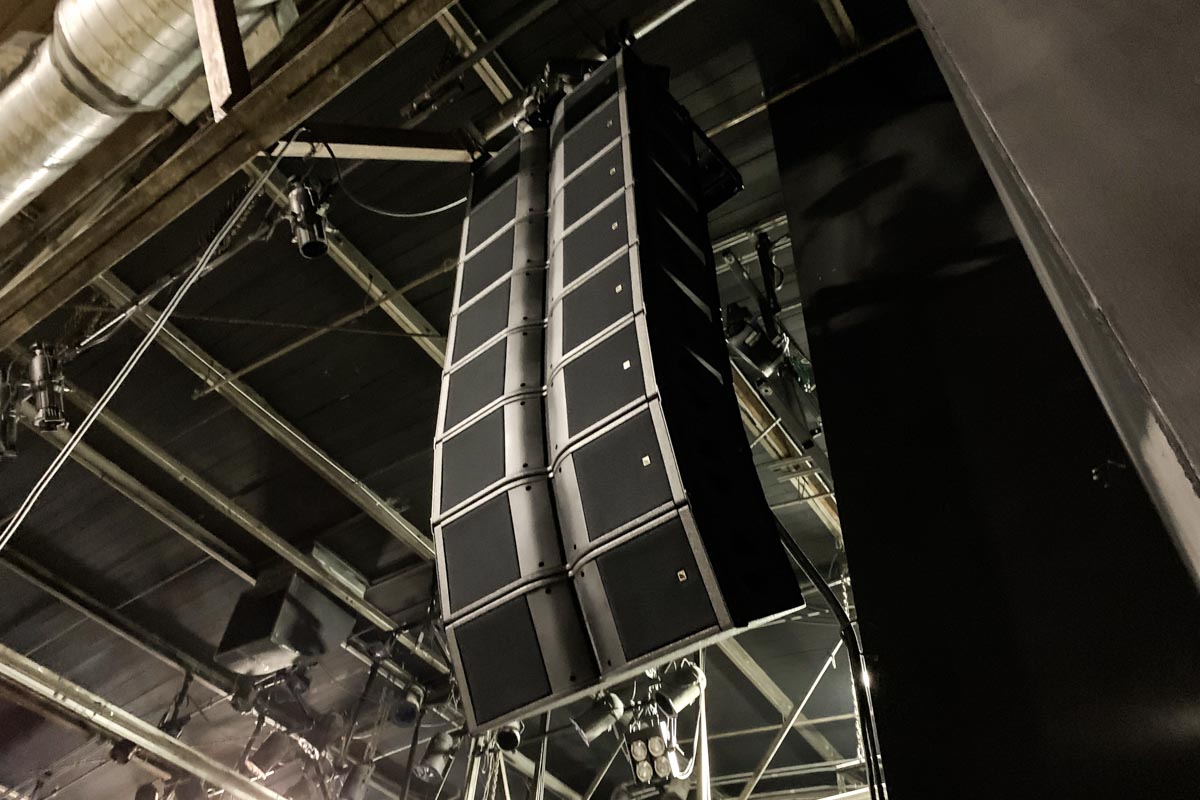The first action in effective camera placement is to locate high-risk zones within the store. Such areas typically include entrances and exit points, checkout registers, and sections where expensive items are displayed. By installing surveillance devices in these locations, store owners can observe customer behavior and spot questionable activities. Additionally, surveillance systems at entry points can capture images of individuals coming into and leaving the store, which is essential for identifying potential thieves. This preventive approach helps in minimizing theft and guaranteeing a safe environment.
Another key factor is the type of surveillance device used in the store space. Different types of cameras fulfill distinct functions. For example, dome-shaped cameras are often used for internal monitoring because they are less noticeable and can cover a wide space. Conversely, bullet-style cameras are ideal for external use, as they are more visible and can discourage illegal activity. Retailers should assess their specific requirements and select the suitable surveillance device types to ensure complete monitoring of the retail space.

In addition to surveillance camera types, the angle and height at which cameras are mounted have a crucial role in their effectiveness. Cameras should be positioned at a level that enables for unobstructed visibility of faces and video surveillance installation services activities without being easily manipulated with. A typical suggestion is to install cameras at least eight to 10 ft off the ground. Furthermore, cameras should be tilted to monitor as much area as feasible while preventing areas without coverage. This strategic installation guarantees that all zones of the retail space are monitored, providing a full perspective of shopper interactions and potential safety risks.
Finally, it is crucial for retailers to consistently review and maintain their surveillance equipment. This entails checking camera performance, confirming that recordings are clear, and refreshing programs as needed. Regular maintenance helps to prevent mechanical problems that could jeopardize safety. Additionally, retailers should analyze recordings regularly to identify patterns in shopper actions and potential security threats. By staying proactive and attentive to their monitoring equipment, store owners can create a more secure retail environment and protect their resources effectively.